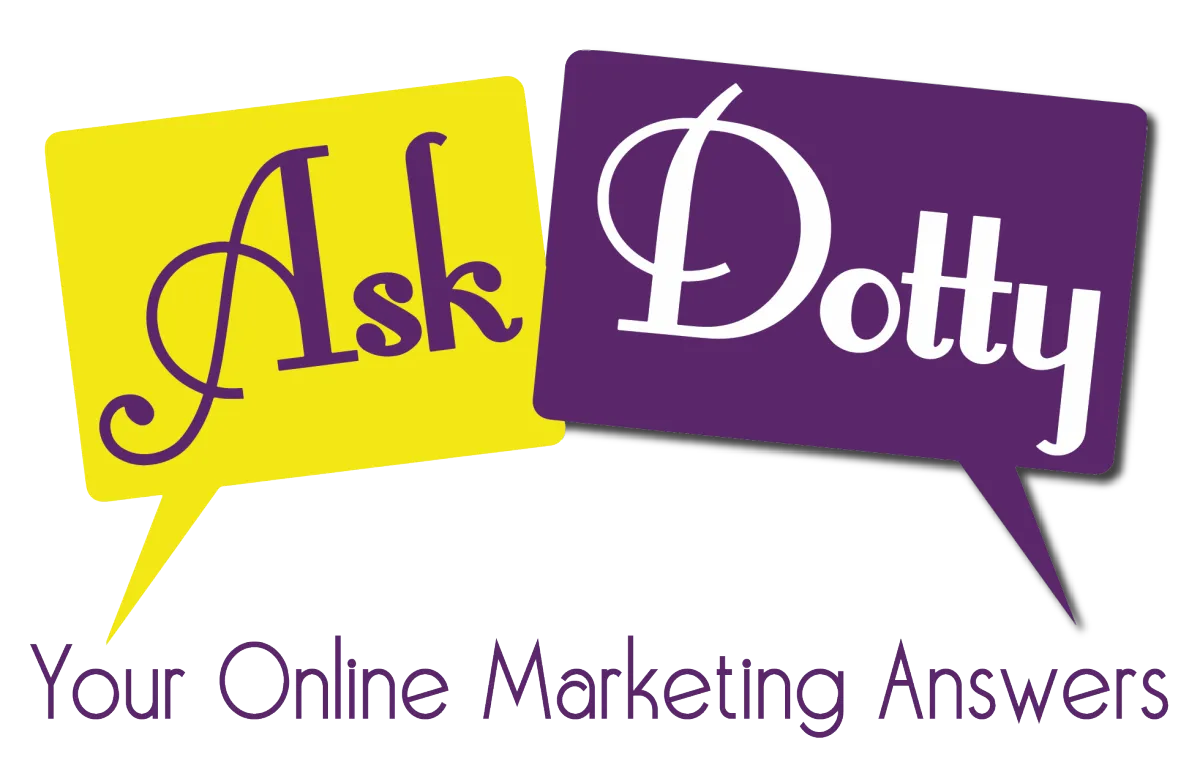
Chapter 2: Lead Magnets & Email Marketing
Chapter 2: Lead Magnets & Email Marketing
Email Marketing & Lead Magnets
Email Marketing will expand a contact list, which is paramount in the competitive world of service-based businesses. A lead magnet is a strategic tool to attract potential clients by offering them something of value at no cost in exchange for their contact information, typically their name and email address. The effectiveness of a lead magnet lies in its ability to:
Provide Exceptional Value to Prospects: The lead magnet should offer something your prospect finds genuinely helpful and valuable. This could be in the form of insightful information, a practical tool, or a resource that addresses a specific need or interest. The key is ensuring that the lead magnet is not just a token item but something your prospect would be willing to pay for under different circumstances.
Solve a Problem or Simplify Life: A successful lead magnet directly addresses a pain point or challenge that your prospect is facing. It should offer a clear, concise solution or make a task significantly easier for them. This demonstrates your understanding of their needs and positions you as a problem-solver in their eyes.
Bridge the Gap to Client Conversion: The lead magnet should be a stepping stone in converting a prospect into a client. It must be relevant to your services and give the prospect a glimpse of the benefits of working with you, nudging them closer to engaging your services.
Lead magnets come in various formats, each with its unique appeal:
PDF Downloads: A classic and straightforward lead magnet, a PDF can be a guide, a checklist, a template, or any resource that provides immediate value. It’s easy to create and distribute, and prospects can conveniently consume content.
Evergreen Webinar Recordings: These webinars remain relevant and can be accessed by prospects anytime. They offer in-depth insight into a topic, often ending with an upsell opportunity. This format is particularly effective for demonstrating expertise and building trust.
Instructional Videos: Videos are an excellent medium for engaging prospects. They can demonstrate solutions to common problems, showcase products or services, or give prospects a sense of your personality and approach. Videos are highly shareable and can significantly increase your reach.
The Money’s in the List
The adage “The money’s in the list” underscores the importance of building a list and actively engaging with it. Here’s why:
Engaging Past Clients: Regular communication with your email list keeps you on the top of your clients minds. This can lead to repeat business or referrals, as satisfied clients are reminded of your value and may know others who could benefit from your services.
Educating Prospects: Prospects who receive your lead magnet get a firsthand experience of your expertise and the quality of your offerings. Regular emails help nurture these leads by providing valuable information, updates on your services, and insights into your operations.
To maximize the potential of your email list, consider the following strategies:
Monthly Educational Newsletters: Share knowledge and insights on topics relevant to your industry. This positions you as an expert and keeps your audience engaged and informed.
Promotional Features: Highlight any special offers, discounts, or new services you may provide. This can incentivize prospects to take the next step in engaging with your services.
Resourceful Links: Share links to articles, studies, or resources pertinent to your industry. This adds value to your emails and helps establish your role as a knowledgeable and helpful resource.
Industry News: Keep your audience updated on your industry’s latest trends and news. Show how your products or services can benefit from these developments, reinforcing the relevance and necessity of what you offer.
In summary, lead magnets are a powerful tool in email marketing, serving as a bridge between potential clients and your services. You can effectively convert prospects into loyal clients by providing value, solving problems, and nurturing relationships through regular, informative communication.
These chapters are designed to go together OR stand alone. If you found this one on Google and want to read the others, here are the links to the other chapters.



